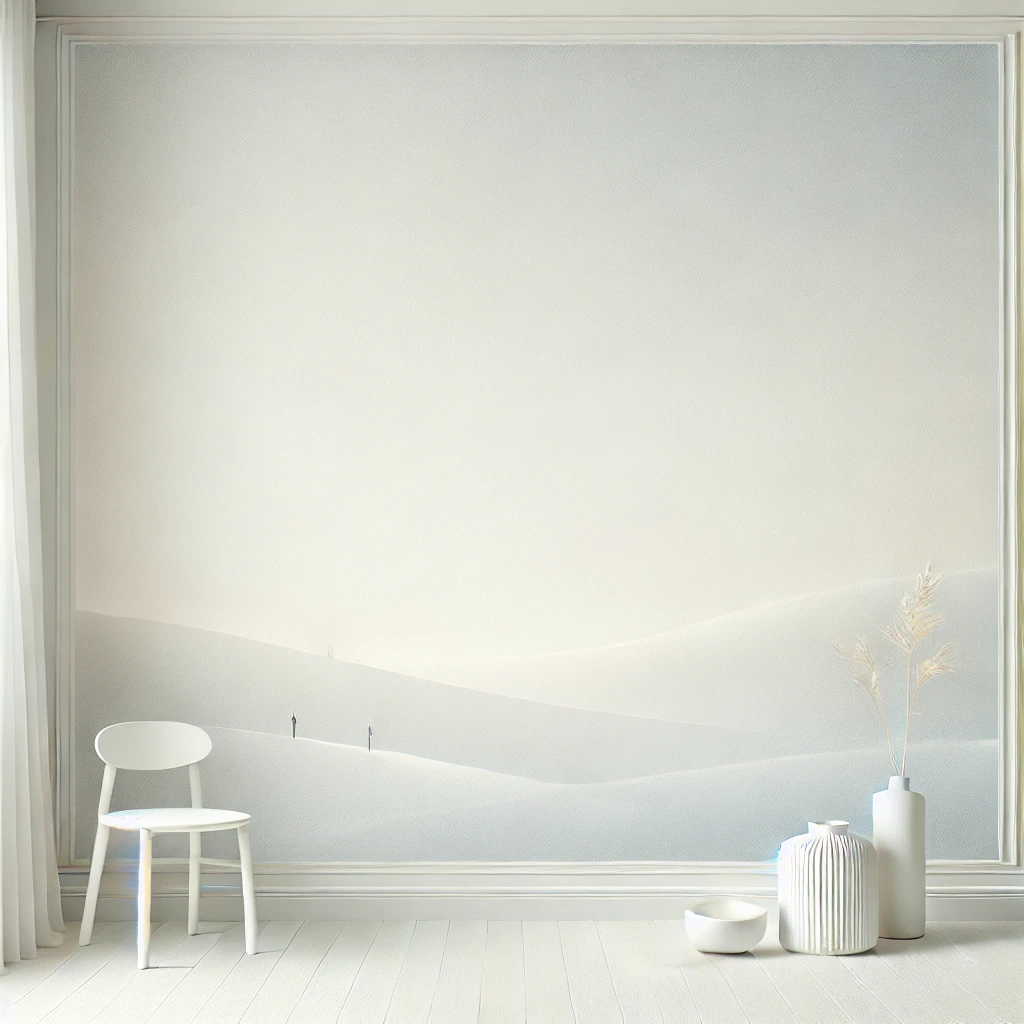Understanding the Power and Versatility of “plain:a7cypgzkm5q= white background”

The Allure of Plain White Backgrounds
plain:a7cypgzkm5q= white background are one of the most fundamental aspects of design, yet their importance is often overlooked. The keyword “plain:a7cypgzkm5q= white background” might seem like an enigma to many, but its essence speaks volumes about minimalism and clarity. The notion of a “plain white background” holds a special place in various domains, from digital media and design to marketing and branding. It’s a staple of modern aesthetics, allowing for creativity to thrive without distractions.
In digital design, plain:a7cypgzkm5q= white background offer a neutral canvas for visual elements to stand out. Their simplicity enhances the focus on the content or products, making them ideal for everything from e-commerce websites to social media graphics. A plain white background creates a sense of openness, making users feel comfortable and engaged.
Furthermore, the keyword “plain:a7cypgzkm5q= white background” also hints at the hidden complexity behind simplicity. The choice of a white background might seem easy, but it involves careful thought and planning. Its versatility is why many professionals turn to it when they want to make a bold statement without overwhelming the viewer. By stripping away unnecessary clutter, white backgrounds help achieve a sense of purity, focus, and professionalism.
The Psychological Impact of White Space

plain:a7cypgzkm5q= white background aren’t just aesthetically pleasing—they have a profound psychological effect on the audience. Designers and marketers often utilize white space, or negative space, to create a sense of calm, balance, and clarity. The keyword “plain:a7cypgzkm5q= white background” may seem specific, but it taps into this broader concept of how white space affects human perception.
Research suggests that white space makes content more digestible, allowing the brain to process information more easily. This is particularly important in web design, where user experience is paramount. A cluttered interface with minimal white space can overwhelm users, causing them to leave the page quickly. In contrast, a site with a plain white background encourages visitors to stay longer, as the simplicity allows them to navigate the content without distractions.
In marketing, this effect can be even more significant. A plain white background in an advertisement or product page emphasizes the product itself, leading to higher engagement and conversion rates. The keyword “plain:a7cypgzkm5q= white background” suggests a clean slate that allows for creative expression while maintaining focus on the key message or product.
White Backgrounds in Web Design
In web design, white backgrounds have become a dominant trend, particularly in minimalist design. This approach is all about reducing clutter and focusing on the essentials. By choosing a plain white background, designers can create a clean and streamlined look that improves usability and readability. The keyword “plain:a7cypgzkm5q= white background” reflects this philosophy perfectly.
A well-designed website with a plain:a7cypgzkm5q= white background can exude professionalism and elegance. The white space serves as a buffer that enhances the visibility of text, images, and other visual elements. It also helps in creating a hierarchy of information, guiding the user’s eye to the most important parts of the page. This is especially useful for e-commerce websites, where product images need to take center stage without being overshadowed by a busy background.
Moreover, white backgrounds are highly adaptable. Whether you’re designing a portfolio, a corporate website, or a blog, the plain white background can suit a variety of aesthetics. It’s a blank canvas that allows you to build a brand’s identity around it. By focusing on the content, rather than the background, you can ensure that your message is clear and impactful.
The Role of White Backgrounds in Photography
Photography is another field where plain:a7cypgzkm5q= white background play a crucial role. Whether in product photography, portraits, or editorial shoots, a plain white background provides a neutral backdrop that allows the subject to shine. The keyword “plain:a7cypgzkm5q= white background” is particularly relevant in this context, as photographers often rely on white backgrounds to create timeless and professional images.
Product photography, for instance, benefits greatly from a white background. It eliminates distractions and ensures that the focus remains on the product itself. This is why most e-commerce platforms and brands prefer product images with plain:a7cypgzkm5q= white background—they present the product in its purest form, making it easier for customers to evaluate and purchase. The simplicity of the white background highlights the product’s features, colors, and details without any visual interference.
Portrait photography, too, uses white backgrounds to create a clean, polished look. The white backdrop isolates the subject, bringing attention to their expression, posture, and style. It’s a technique often used in headshots, model portfolios, and high-fashion photography, where the goal is to showcase the subject in a minimalist yet striking way.
The Technicalities Behind Achieving a Perfect plain:a7cypgzkm5q= white background
Achieving a perfect plain:a7cypgzkm5q= white background in photography or design is not as simple as it sounds. It requires a deep understanding of lighting, exposure, and editing techniques. The keyword “plain:a7cypgzkm5q= white background” may evoke simplicity, but the process behind creating that flawless look is far from straightforward.
In photography, the key to a perfect plain:a7cypgzkm5q= white background lies in lighting. Properly lighting the background ensures that it appears uniformly white, without shadows or gradients. Overexposing the background slightly can help achieve this effect, but it’s important not to overdo it, as it can lead to a loss of detail in the subject. Post-processing techniques, such as adjusting brightness and contrast, can also help in enhancing the whiteness of the background.
In digital design, creating a plain:a7cypgzkm5q= white background is easier, but it still requires attention to detail. Designers need to ensure that the white background complements the rest of the design elements, such as text and images. Choosing the right shade of white is also important—too bright, and it can strain the eyes; too dull, and it can look greyish. By carefully selecting and balancing these elements, a designer can create a visually appealing and effective white background.
White Backgrounds in Branding and Advertising
White backgrounds are not just a design choice—they are a powerful tool in branding and advertising. The keyword “plain
= white background” speaks to the broader trend of minimalism in modern branding, where less is more. Brands are increasingly opting for simple, clean visuals that resonate with their audience, and white backgrounds play a big part in this strategy.
In advertising, a plain white background can make a bold statement. It strips away any distractions, forcing the viewer to focus solely on the product or message. This is why many luxury brands, tech companies, and high-end fashion labels use white backgrounds in their advertisements—they want the product to speak for itself. The white background conveys a sense of sophistication and exclusivity, making the brand appear more premium.
Similarly, in branding, white backgrounds are often used to create a timeless and versatile look. A logo or brand mark placed against a white background becomes more recognizable and memorable. The contrast between the white background and the brand’s colors and typography creates a strong visual impact that sticks in the viewer’s mind. This is why many successful brands, from Apple to Chanel, use white backgrounds in their branding materials.
The Minimalist Movement and White Backgrounds
The minimalist movement has played a significant role in popularizing the use of white backgrounds in design, photography, and branding. Minimalism is all about reducing unnecessary elements and focusing on what truly matters. The keyword “plain
= white background” aligns perfectly with this philosophy, as it represents the ultimate form of simplicity.
Minimalist design is characterized by clean lines, uncluttered layouts, and a focus on functionality. White backgrounds are a key component of this aesthetic, as they create a sense of space and openness. In a world where we are constantly bombarded with information and visuals, minimalism offers a refreshing break. It allows us to focus on the essentials, without being distracted by noise or clutter.
In interior design, minimalism has led to the rise of white spaces in homes and offices. A plain white wall can make a room feel bigger, brighter, and more serene. This trend has carried over into digital design, where white backgrounds are used to create websites, apps, and user interfaces that are intuitive and easy to navigate. The keyword “plain
= white background” captures the essence of this movement, reflecting the desire for simplicity and clarity in a chaotic world.
How White Backgrounds Enhance User Experience
User experience (UX) design is another area where white backgrounds play a pivotal role. The keyword “plain
= white background” isn’t just a design choice—it’s a deliberate strategy to enhance usability and engagement. White backgrounds improve readability, reduce cognitive load, and create a sense of order, all of which contribute to a better user experience.
When users visit a website or open an app, their primary goal is to find information quickly and easily. A plain white background helps achieve this by providing a clean, clutter-free interface. It allows the content to take center stage, making it easier for users to scan and absorb the information. This is particularly important for mobile design, where screen space is limited, and every element must serve a purpose.
Moreover, white backgrounds are essential for accessibility. They provide high contrast for text and other visual elements, making them easier to read for users with visual impairments. By choosing a plain white background, designers can ensure that their content is accessible to a wider audience, improving inclusivity and engagement.
White Backgrounds in Art and Creative Expression
In the world of art, white backgrounds are often used as a canvas for creative expression. The keyword “plain
= white background” may seem straightforward, but it represents a vast array of possibilities for artists and creators. A plain white background can be a blank slate, ready.

